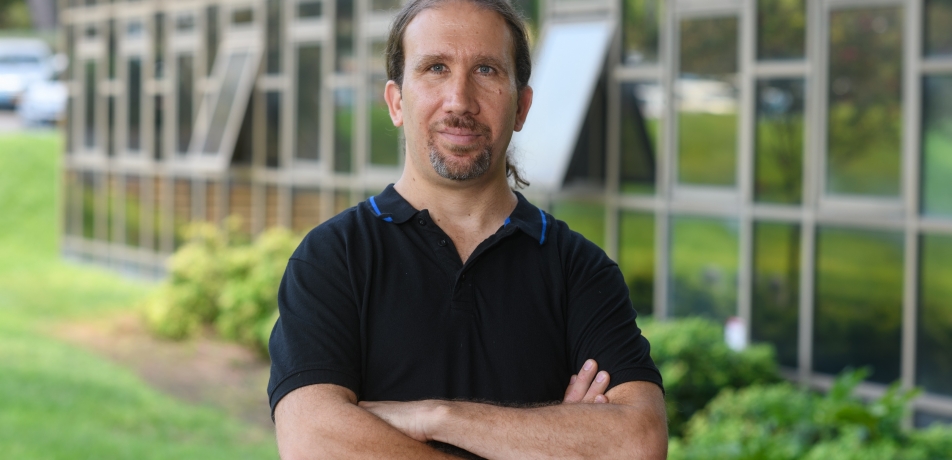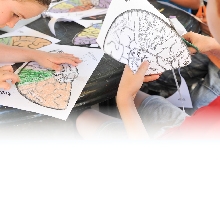How to close the curriculum gap
Meet Dr. Alon Pinto
New scientists

Dr. Alon Pinto
Academic training in pure mathematics, along with experience working in professional development programs, led Dr. Alon Pinto to his current research focus, best summarized as: “Math is precise. Education is not.”
Though he had not been highly motivated or particularly successful in mathematics studies in high school, Dr. Pinto discovered he loved the subject, and excelled in it, when he encountered math at university. His experience was not typical; some 50% of students who begin undergraduate degrees in mathematics—including students who received excellent grades in high school—fail to continue. This made Dr. Pinto wonder: what made his experience different?
He found a partial answer to this question while volunteering, as a graduate student, in a professional development program for math teachers.
“It was a complete clash of cultures,” he recalls. “I was speaking in the language of pure math, but the teachers demanded we explain the relevance of these concepts to classroom teaching and learning. In the end, the teachers’ questions helped us design realistic classroom-like situations that challenged teachers mathematically and pushed them to gain a deeper understanding of the content they teach.”
In back-to-back postdoctoral fellowships—first at the Weizmann Institute, then at UC Berkeley—Dr. Pinto examined communication in the mathematics classroom. He found that there can be significant gaps between the explicit, agreed-upon curriculum, and the variety of implicit lessons that individual teachers expect students to infer.
It starts with transparency
“We studied the coordinated teaching of courses, in which different instructors were all charged with covering the same curriculum,” Dr. Pinto says. “Although the explicit teaching goals—definitions, theorems, and procedures—were discussed and agreed upon in staff meetings, in the classroom, each teacher approached the content differently based on their implicit beliefs about how students develop mathematical values, norms, and practices. There is no shared and explicit discourse for informal mathematics—what constitutes a proof or how to approach a concept and make sense of it—and this hinders teachers’ ability to develop students as independent capable math-users outside class.”
Solving this problem, according to Dr. Pinto, starts with transparency regarding the content students are expected to pick up from math lessons. Teachers need support to gain greater awareness and more effective communication around implicit content. Dr. Pinto believes this can be achieved through collaboration between academic mathematicians, school teachers, and math education researchers.
Dr. Pinto received his BSc (2003), MSc (2006), and PhD (2011), all in mathematics, from the Hebrew University of Jerusalem. He transitioned to mathematics education during his postdoctoral fellowship at the Weizmann Institute (2014), then completed an additional postdoc at the University of California, Berkeley (2016). He has served on the scientific committees of various Israeli and international conferences on mathematics education. He is active in the teaching community, initiating, leading, and co-leading a number of programs that promote mathematics teachers’ professional development. He is the 2014 recipient of the U.S. National Academy of Education/Spencer Postdoctoral Fellowship.
Dr. Pinto is married to Ossnat, and is the father of two children. He enjoys photography, hiking, and reading.






